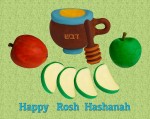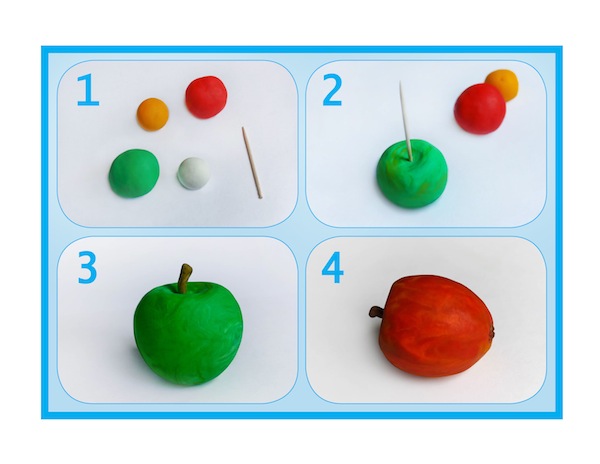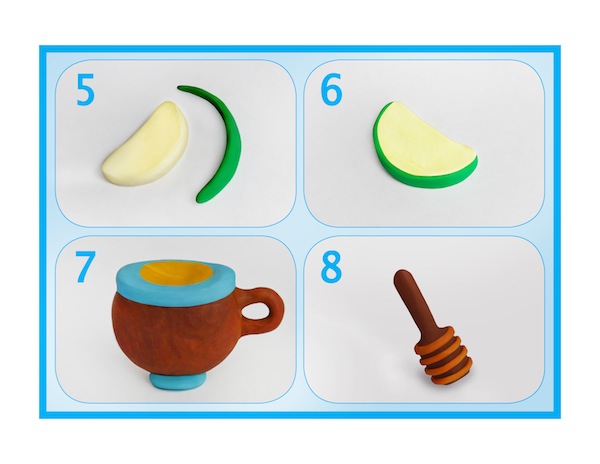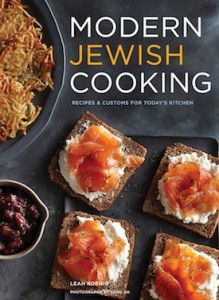Yemenite Jews participating in Tashlich, Rosh Hashana, 1926. (photo by Shimon Korbman, Shalom Meir Tower, Tel Aviv via Wikimedia)
Readers will perhaps find it hard to believe, but the custom of Tashlich, which has become an integral part of the Jewish experience, has no mention in the Talmud. In Ashkenazi writings, the first literary sources of the Tashlich ceremony are from the late 14th century. However, with respect to the Spanish expulsion, even in late works such as the Shulchan Aruch from the 16th century, Tashlich is not mentioned.
The early Ashkenazi sources in which Tashlich is mentioned describe an unusual ceremony, both with respect to its participants and with respect to its time and place. Texts written by both Jews and non-Jews at the beginning of the modern era tell of a ceremony in which the whole community – the old, the young, the women and their servants – go out to a river bank during the middle of the day, after the midday meal. Under the shade of the tangled tree branches and against the gurgling sound of the pure river water, those present entertain themselves by throwing crumbs to the fish, which jump out of the water in an attempt to catch them. This is in contrast to the atmosphere of a Jewish festival whose focus is the synagogue.
One is led to ask how such a ceremony came to be and how it found its place on the day on which the centre of attention is the synagogue. The explanations found in Ashkenazi books on Jewish customs that were written in the 15th and 16th centuries are confusing and fragmentary, and thus it is difficult to get a clear picture of the custom from those sources. However, there are other sources from the same period. Jews who had converted to Christianity and Christians who were involved in the anthropological study of their Jewish neighbors included a description of the ceremony in their writings, which was based on Jewish texts and primarily on what they themselves observed.
It appears that the various rituals are first of all related to the intellectual level of those present. The learned among the Jews present at the ceremony recited a verse from the Book of Micah, “You will cast all their sins into the depths of the sea,” without adding any practical interpretation. Most of the community, in contrast, did not stick to the literal text but spoke what was in their hearts in simple German. The “spilling of sins” was manifested in the shaking out of one’s clothing and quickly leaving the location so that, God forbid, the spirit of evil deeds should not return the sins to the individual who had just got rid of them.
Some of the Christian sources relate that the appearance of fish during the ceremony was auspicious for those present, who viewed this as a sign that their sins had been transferred to the fish. This is similar to the belief that the scapegoat that was sent into the desert on Yom Kippur takes with him the sins of the people. In the Jewish ceremonies of the 15th century, fish appear in a different context: upon their appearance, those present are to remember that “we are like these live fish that are all of a sudden caught in a fortress.”
During the centuries in which the Tashlich custom took shape, walking to the river was an accepted pastime during the leisure hours of Jewish festivals and Shabbat. Jews and non-Jews spent time among the trees along the river banks, wading in the water and fishing. From the rabbinic texts, we learn of more than a few halachic problems related to this pastime, such as the carrying of food. Apparently, people used to carry items of food with them to throw to the fish and thus violated the prohibition of carrying from one domain to another. There were those who requested food from their gentile neighbors, who were also spending time on the river bank, in order to throw it into the river; but the act of feeding the fish itself was also prohibited. It is no wonder then that the rabbinic texts dealing with this activity on Rosh Hashana were vehemently opposed to throwing food to the fish because of the prohibition of carrying from one domain to another. As far as they were concerned, going to the river on Rosh Hashana was not related to any religious ceremony. It is interesting that some of the sources from the 15th century state explicitly that the custom of Tashlich is not particularly important and that people are not so meticulous in keeping it.
The Tashlich ceremony had other unusual characteristics, which differentiated it from “official” traditions. The literature of the 16th and 17th centuries relates that women and children participated in Tashlich, in contrast to other public ceremonies in which men were the only ones generally present due to considerations of modesty and separation between the genders. Furthermore, religious ceremonies in Jewish society generally took place in the synagogue or at home, but never in nature. With this in mind, Tashlich is to be understood not as a religious commandment but as the product of a social event. It can be said that Tashlich is a refashioning of a leisure activity as a religious/spiritual activity. It combined entertainment and prayer that had been recited on the High Holy Days for hundreds of years.
Based on the above, it can be said that there is no single explanation for the development of Tashlich. From the various existing testimonies, it can be assumed that the custom began sometime during the 14th century as an attempt to give religious significance to a popular afternoon pastime on Rosh Hashana. The time of the ceremony, its unusual location on the banks of the river, far from the community’s spiritual centre, the participation of women and children and the core of the ceremony – i.e., the casting of breadcrumbs into the river – which became an accepted pastime each Shabbat and festival, indicate that this was not a ritual created by halachists, but rather was an attempt to create another dimension to a popular pastime. The halachic texts that describe Tashlich stress its symbolism and the subjective spiritual process the believer goes through. In contrast, the texts that describe popular Jewish culture indicate that most of the public attributed the results of the ceremony to the activities carried out during it.
Over the years, there have been many efforts to give the ceremony a more religious flavor: the number of participants was narrowed, its date was changed and the weight of the texts and conceptual components was increased. Thus, Tashlich moved away from its roots in the culture of leisure in Ashkenaz and gradually took on the character that is familiar to us today.
Eli Freiman, general manager of Shuki Freiman Co. Ltd., is involved in academic research on the popular aspects of ritual in Jewish culture. This article was translated from the original Hebrew by a third party and the author does not take responsibility for any marginal disparities between the original text and this translation. This article can be found on the Shalom Hartman Institute website, hartman.org.il, and is reprinted with permission.






